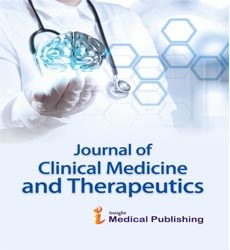Assessment of the activity of posaconazole against azole-resistant aspergillus species studied in in vitro pharmacokinetic/ pharmacodynamics model.
Abstract
Invasive pulmonary aspergillosis (IPA) with azole resistance is associated with a significant death rate. Posaconazole is used for IPA as prevention and salvage therapy, and it has an efficacy in the majority of Aspergillus strains. An in vitro pharmacokinetic-pharmacodynamics (PK-PD) model was used to examine its potential involvement in primary therapy against azole-resistant IPA. Methods. In an in vitro PK-PD model simulating human PK, four clinical isolates of A. fumigates with CLSI MICs ranging from 0.030-16 mg/L were examined. A bioassay was used to determine drug levels, and galactomannan production was used to determine fungal growth. The CLSI/EUCAST 48 hrs. Values reading and MTS 24 hrs. values reading, in vitro PK-PD relationship, and Monte Carlo simulation were used to estimate the human dosage regimens simulated with oral 400 mg twice daily, intravenous (IV) 300 mg once and twice daily using susceptibility breakpoints. Results. With once or twice daily dosage regimes, the AUC/MIC associated with 50% of the maximum antifungal activity was 160 and 22.3, respectively. For CLSI/EUCAST, the susceptibility/intermediate/resistant breakpoints were 0.125/0.25-0.5/1 mg/L. For therapeutic drug monitoring (TDM), a trough/MIC ratio of 2.6 was calculated. TDM is not necessary for isolates with MICs 0.06 mg/l with oral 400 mg twice daily dosage regimen, while it is important for MICs of 0.125 mg/l, and unavoidable for MICs 0.25-0.5 mg/l; but for non-wild type isolates with MICs 1-2 mg/l, only IV 300 mg twice and not once daily dosing regimen was effective
Open Access Journals
- Aquaculture & Veterinary Science
- Chemistry & Chemical Sciences
- Clinical Sciences
- Engineering
- General Science
- Genetics & Molecular Biology
- Health Care & Nursing
- Immunology & Microbiology
- Materials Science
- Mathematics & Physics
- Medical Sciences
- Neurology & Psychiatry
- Oncology & Cancer Science
- Pharmaceutical Sciences
